When people switch cars, it’s usually after a moment of reckoning, like walking out of a smoky poker game mid-hand because you’ve finally realized the guy across from you is bluffing with borrowed chips.
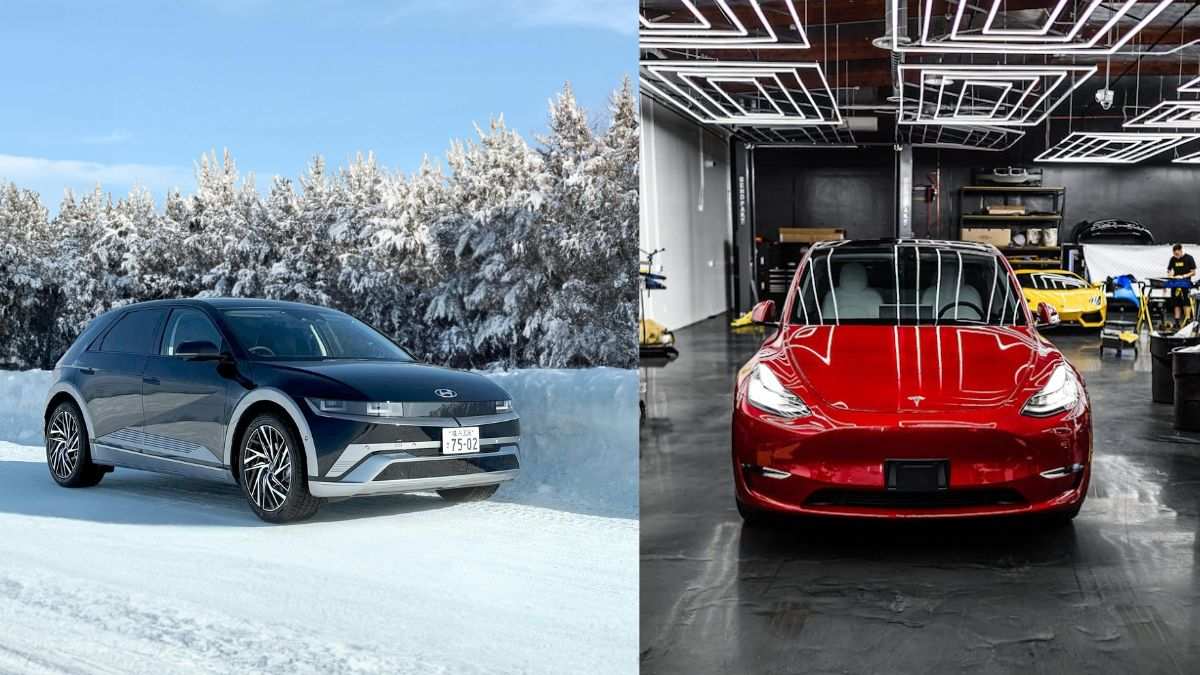
Changing vehicles, especially from one technological flagship to another, is always a risky proposition. And when you're leaving a 2021 Tesla Model Y, the cult icon of Silicon Valley, for a Hyundai Ioniq 5, a retro-futurist oddball from South Korea, you’re not just changing what you drive. You're changing what you believe in. One Redditor, going by “rekoil,” made exactly that leap.
“I’ve been driving a new Ioniq 5 for about a week now, moving from a 2021 Tesla Model Y. I wanted to jot down my first impressions of the switchover. I’m sure there’s a lot more to explore (and I’ll admit I might have made some errors based on that lack of experience), but here’s my braindump to date. I'm interested in other switchers' takes as well.
Accolades:
Buttons! The MY’s lack of buttons was always a bit of a pain, but I didn’t realize just how much I’d missed them until I started driving the Ioniq. The MY has the multi-function buttons in the steering wheel, which puts a few things within thumb reach, but the Ioniq has climate controls, wiper controls for both front and rear, even seat heat/cooling without needing to touch the screen. On the MY, even opening the front hood, the charge port, and even the glovebox is done on the touchscreen, so physical controls are welcomed back. And I didn’t think I’d miss mechanical door opening handles, but here I am.
Ride quality is noticeably superior. The Ioniq is smoother and quieter than the MY, no question. And the interior seems a lot more inviting - the MY’s interior always felt *too* minimalist. I definitely appreciate the return of a front-mounted dashboard display (and the HUD to boot).
CarPlay is a feature I’ve missed, particularly when the Tesla equivalent apps (Spotify, Apple Music, and Apple Podcasts being the main ones I use) are so clunky, and the fact that Apple/Google Maps feeds into the car’s own turn-by-turn notification system is a great bonus. I do wish Signal supported CarPlay, though - it’s the messaging app I use more often than Messages - but that's not Hyundai's fault.
The ability to adjust/disable regen braking is a godsend. Multiple passengers have gotten nauseous in the MY, mainly due to the always-on regen making for a lurching ride, so the fact I can turn it down or off when I have passengers, or all the way on when I’m alone in the car, is invaluable for keeping my car’s interior intact.
The vertical parking view in the Limited is extremely useful, especially in my overstuffed garage. The MY tries to simulate this view, but it’s not nearly as useful.
The driver assist system doesn’t try to randomly change lanes on highways, and while it's not as comprehensive as Tesla’s, it allows for a lot more control of various functions than Tesla allows. I never thought I'd call out the ability of a car's cruise control system to maintain the set speed on a highway, but here we are.
The ability to charge the car on both Tesla and CCS fast chargers seamlessly is wonderful - the NACS plug was a big part of the reason I chose the 2025 model vs. a 2024. My Model Y didn't support the CCS1 adapter at all without an expensive retrofit.
Criticisms:
While Tesla’s FSD is definitely controversial, the fact that it would automatically take exits is a great feature when coupled with the nav system. Having to remember that the Ioniq doesn’t perform nav functions adds back some cognitive load I didn't have with the MY. The inability to automatically start/stop at traffic lights is also a feature I’ll miss. Being able to enable/disable both cruise control and driver assist with a single lever pull was nice as well.
The fact that the traffic view simply renders blocks for other cars is a bit jarring when I’ve gotten used to seeing cars, trucks, and buses on the MY’s display. And again, traffic light visibility is missed.
Tesla’s mobile app is, in every way I’ve noticed, far superior to Hyundai’s. Being able to schedule charging to *end* at the certain time, which would adjust the start time based on the amount needed, was a great feature; now I have to start charging at, say, 2 am in order to presume it will be charged by the time I need it to be. Overall, actions are much smoother in the app, and response times for car operations are far shorter (and without the annoying “request sent” modal dialogs). And the Digital Key system is much easier to manage with Tesla’s app (Can you even register multiple phones for keys?)
Tesla’s camera and sentry system are far better than Hyundai’s. When my MY got dinged in a parking lot, I got a push notification that the alarm had been triggered, then was able to pull up a video capture of the other car hitting it. I don’t believe any feature like this exists on the Ioniq. I haven't looked into any other anti-theft features of the Ioniq, but they don't seem terribly advanced.
I haven’t gotten plug-and-charge to work properly yet on either a Tesla Supercharger or an Electrify America fast charger. Not sure yet if this is a bug or user error.
Criticisms aside, I'm very happy with my decision to upgrade - at the time, Tesla had a clear advantage over the other EVs on the market (and I test drove many of them), but it's really nice to see that other manufacturers have caught up and surpassed Tesla. Back to enjoying the drive :)”
Why Ioniq 5 Drivers Are Ditching Tesla: Comfort, Buttons, and Better Ride Quality
Musk’s increasingly radioactive persona is enough to drive even the most loyal Tesla drivers out of the Supercharger line and into the arms of Hyundai, Kia, or even a Polestar.
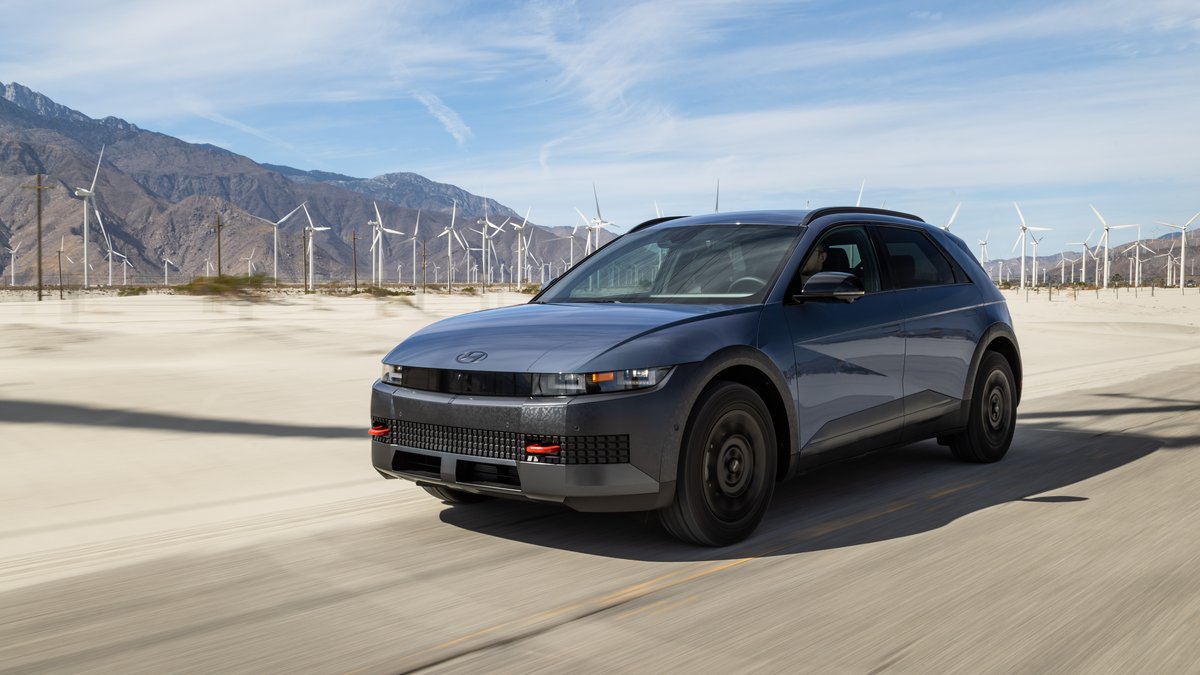
But ideology aside, what truly surprised Rekoil and others in the same boat was how much the Ioniq 5 outperformed expectations. What began as an ethical choice quickly revealed itself as a functional upgrade. Buttons returned. Ride quality improved. Cabin noise dropped. The car felt like a car again.
Tesla’s Q1 2025 Slump: Delivery Falls, Stock Plunges, and Global Sales Dive
- In Q1 2025, Tesla's vehicle deliveries fell 13% year-over-year to 336,681 units, marking its weakest quarter in nearly three years. This decline contributed to a 44% drop in Tesla's stock price year-to-date.
- CEO Elon Musk's political affiliations and involvement have led to consumer boycotts and protests. In Europe, Tesla's sales dropped by nearly 40% in early 2025, with Sweden experiencing a 53.7% year-over-year decline in May.
- Tesla reportedly canceled its planned $25,000 EV, known as the Model 2, shifting focus to developing robotaxis. This decision has caused confusion among executives and concern among investors, especially as competitors like BYD gain market share in the affordable EV segment.
- In Québec, Canada, Tesla registrations dropped 85% in Q1 2025 compared to the previous quarter, with only 524 vehicles registered. Factors include the suspension of federal EV rebates for Tesla and public dissatisfaction with Musk.
It’s hard to overstate how significant that is. In the Tesla, even opening the glovebox is a screen-tap away.
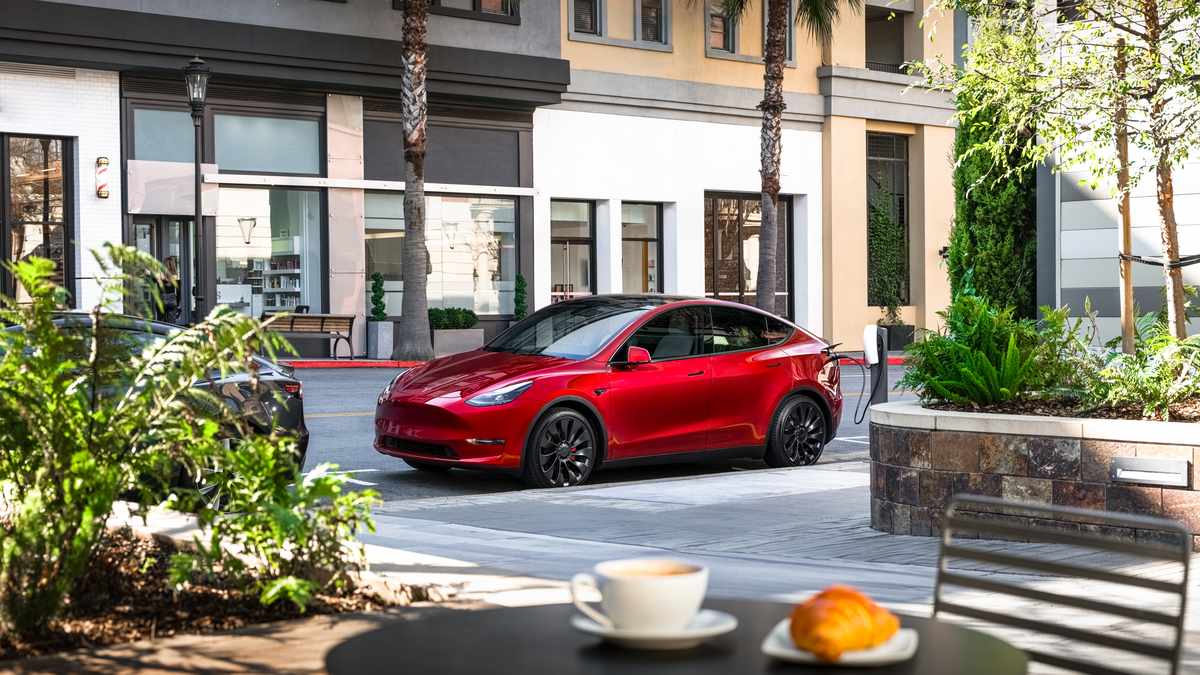
There’s minimalism, and then there’s inconvenience dressed as philosophy. “I didn’t realize just how much I’d missed [buttons] until I started driving the Ioniq,” Rekoil admitted.
Reddit user blackbow echoed the sentiment:
“Seats are so much more comfortable... Wind noise is not even close.”
And then there’s the panoramic roof cover, an actual, working, physical sunshade, not some high-concept vaporware.
Hyundai Ioniq 5 Tech vs. Tesla: CarPlay, Regen Control, and User-Centric Design
Hyundai didn’t abandon tech… they just implemented it in a more traditional fashion. Apple CarPlay, Android Auto, and adjustable regen braking are all here. That last one is critical for folks with passengers who don’t enjoy being thrown forward like a crash test dummy every time the driver lifts off the throttle. Rekoil calls it “a godsend,” and he’s not wrong. Hyundai has learned that customization is king, and unlike Tesla, they aren’t treating the customer like a beta tester in a rolling science project.
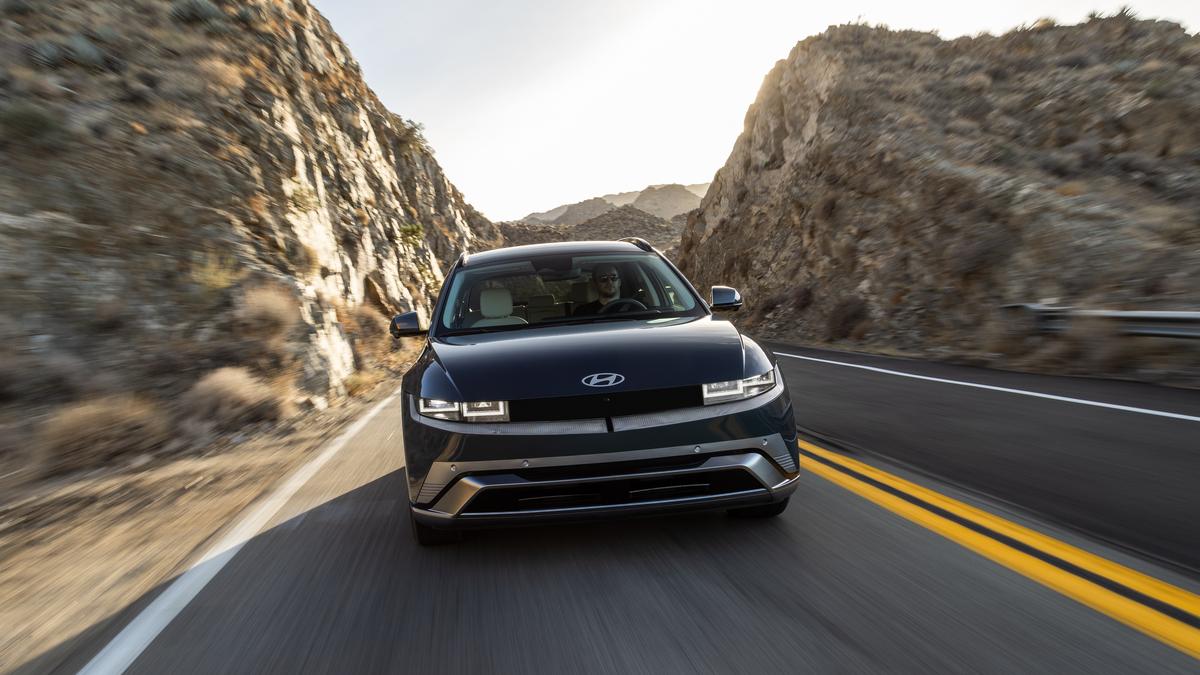
Still, every Eden has its snakes. Hyundai’s mobile app, for example, remains an infuriating relic compared to Tesla’s slick, instant-response software. Rekoil describes it as sluggish and confusing.
“Can you even register multiple phones for keys?”
The digital key system is finicky, remote commands are slow, and charging schedules must be manually set; nothing adapts or anticipates. And then there’s the lack of a true Sentry Mode equivalent. For those who got used to Tesla’s onboard security surveillance, the Ioniq 5 feels defenseless by comparison. In Rekoil’s words: “With Hyundai, there’s... hope? Maybe?”
2025 Ioniq 5 vs. Model Y: Sales Surge, New Tech, and Smarter Pricing
- Hyundai sold 44,400 units of the Ioniq 5 in the U.S. in 2024, reflecting a 31% increase from 2023. This growth positions the Ioniq 5 as a significant player in the EV market.
- Despite Tesla's challenges, the Model Y remained the world's best-selling vehicle in 2023, with over 1.2 million units sold. However, sales in key markets like Europe and Canada have seen notable declines in early 2025.
- The 2025 Ioniq 5 offers features like wireless Apple CarPlay and Android Auto, which are not available in the Model Y. Additionally, it supports charging at Tesla Supercharger stations, enhancing its appeal to consumers seeking flexibility.
- Starting at $44,075, the Ioniq 5 is priced lower than the Model Y's starting price of $50,630. This price difference, combined with comparable range and features, makes the Ioniq 5 an attractive option for budget-conscious EV buyers.
Even the driver assistance suite lags a bit behind. Tesla’s controversial FSD may be half-baked, but its ability to take exits and stop at lights offered a glimpse of the future. Hyundai's system is more traditional and, in some ways, more trustworthy, but lacks the wow factor. Still, as one commenter noted, if you're following another vehicle, the Ioniq will brake to a stop and even alert you when traffic starts moving again. It’s not flashy, but it works. In this case, functionality is traded for predictability, a swap many are willing to make.
Ioniq 5 Charging Revolution: Native NACS, CCS, and 800-Volt Speed
Charging, however, is where Hyundai plays a surprise ace. The 2025 Ioniq 5 supports both CCS and Tesla’s NACS plug, making it one of the most flexible EVs in North America. As InsideEVs reports, Hyundai is rolling out Plug & Charge support, letting drivers simply plug in and walk away, just like Tesla users. The difference? No retrofitting needed. No drama. And thanks to the 800-volt architecture, charging is faster than most rivals. That’s not catching up, that’s leapfrogging.
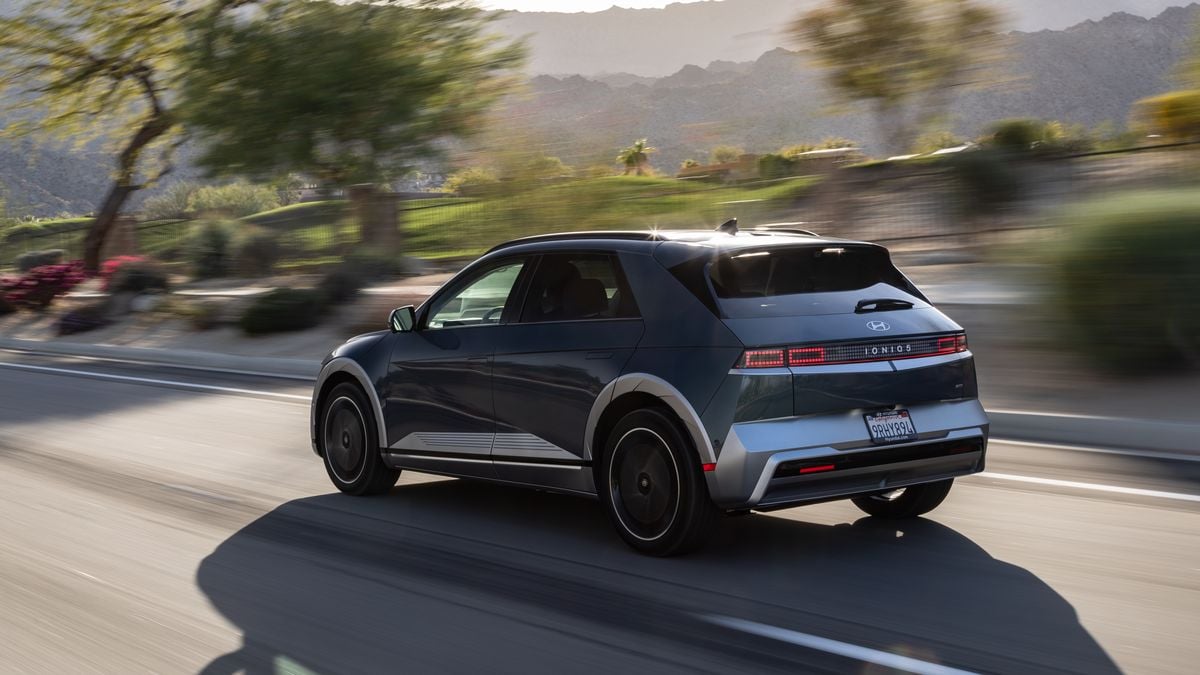
At the end of it all, the message from Rekoil and the other Tesla defectors is clear: the switch wasn’t just about distancing from Musk. It was about rediscovering the simple joy of a well-built, thoughtfully designed car. Tesla still wins on software, app experience, and perhaps cachet. But Hyundai wins on comfort, quality, and character, and sometimes, that’s the better hand.
Image Sources: Hyundai Newsroom, Tesla Newsroom, Pexels
Noah Washington is an automotive journalist based in Atlanta, Georgia. He enjoys covering the latest news in the automotive industry and conducting reviews on the latest cars. He has been in the automotive industry since 15 years old and has been featured in prominent automotive news sites. You can reach him on X and LinkedIn for tips and to follow his automotive coverage.



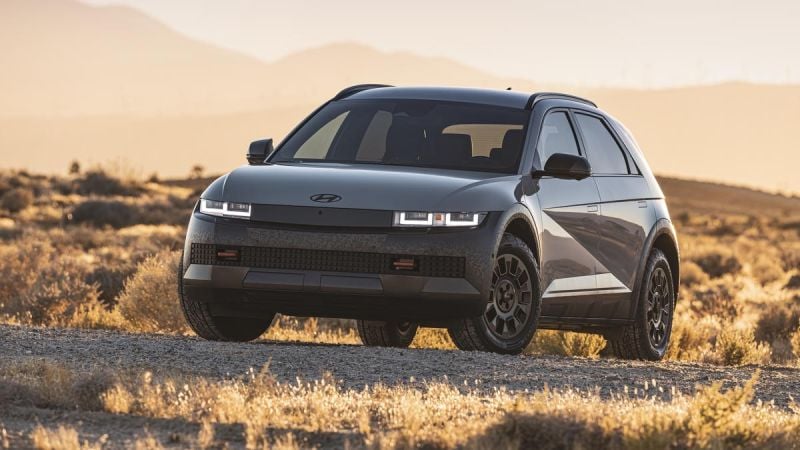




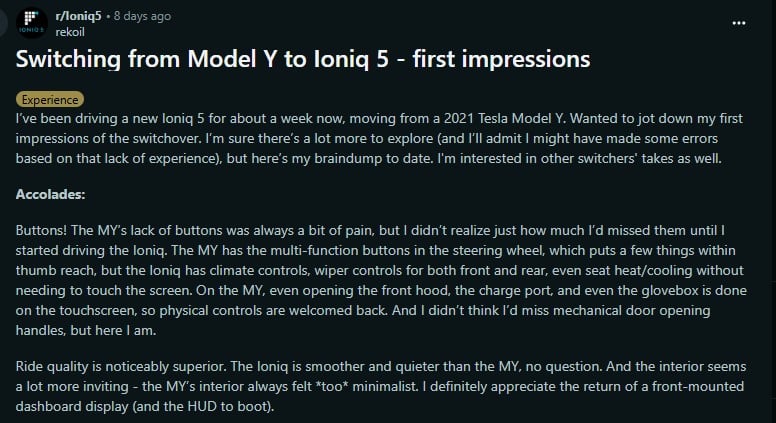
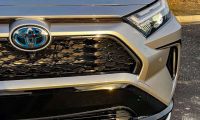
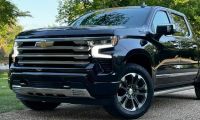
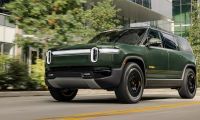
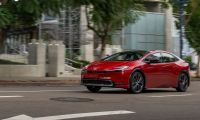
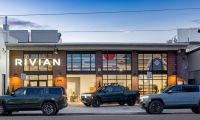
Comments
So not liking people giving…
Permalink
So not liking people giving Nazi salutes is "ideology" now?
Next, the author will suggest that being opposed to genocide is radical ideology.
Musk is the one with the extreme ideology, not the people refusing to buy the cars.
Give me a break, the Hyundai…
Permalink
Give me a break, the Hyundai is like 10 years behind the Tesla. Hopefully, you will never need a $60k out of warranty battery replacement since Hyundai loves their customers.
Not to mention all the bricked ICU modules and 12v battery deaths.